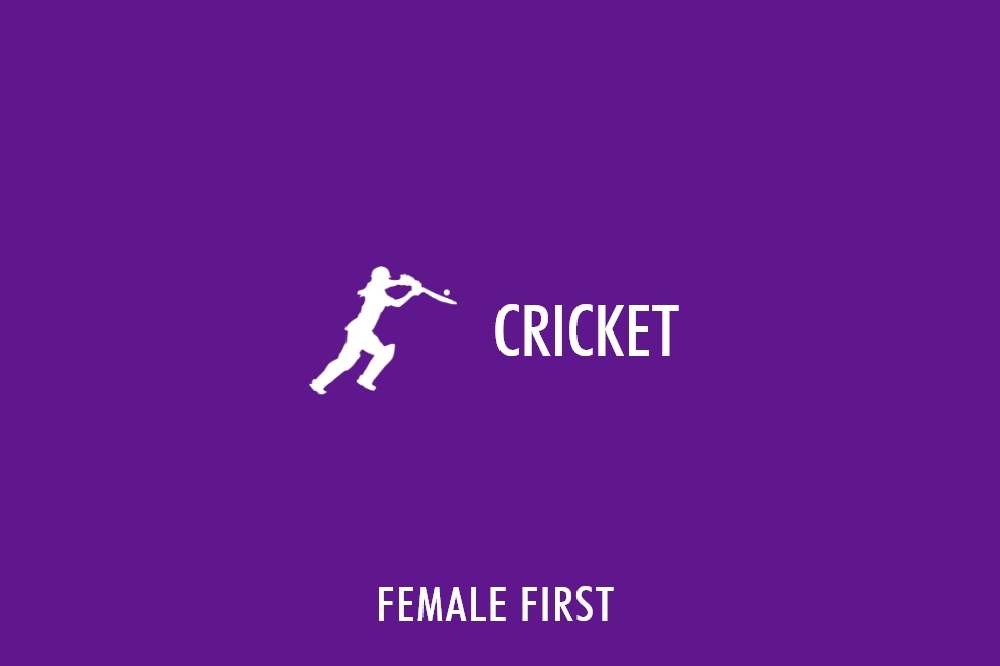By Lucy Roberts
Founder of Ballet Fusion, an adult ballet training programme, and former student at the Royal Academy of Dance Rhea Sheedy has put together a series of breathing exercises to help people who suffer with anxiety.

Rhea Sheedy
Given that lockdown is slowly lifting, more and more people will be expected to go back to the office and mix with crowds whether it be on the way to work on public transport or when meeting friends and family – meaning breathing exercise could be crucial to calm people down and help their mental health.
Sheedy explains why breathing exercises are so important to reduce stress levels and how the techniques have personally helped her.
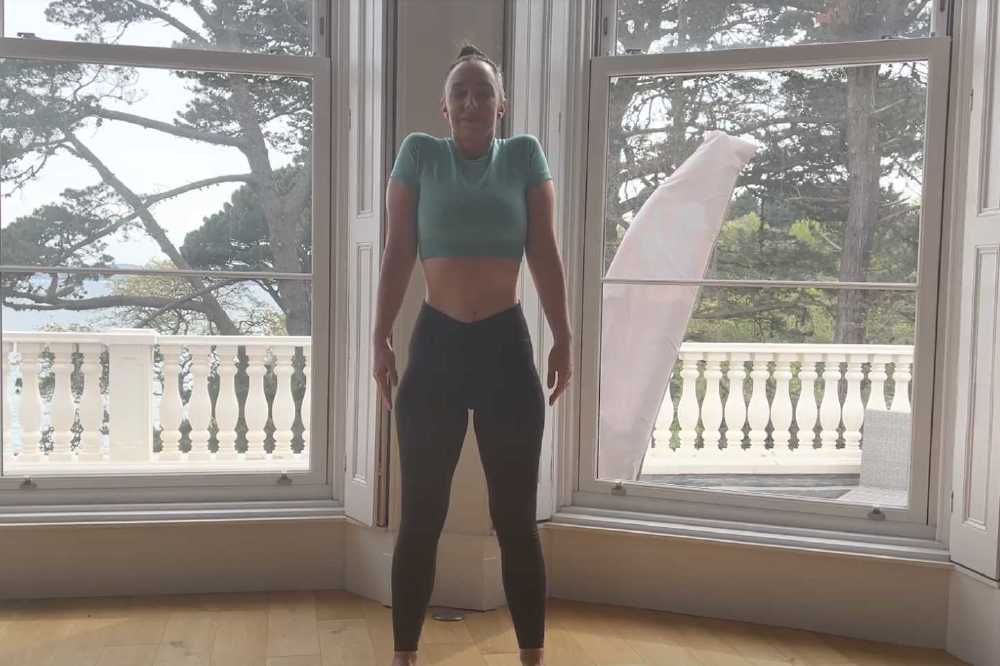
Q) How important are breathing exercises when trying to reduce anxiety levels?
A) When we feel anxious, our breath often changes: We can feel breathless, short of breath, or we can feel like we need to gulp for air. This triggers our flight or fight response and can cause an imbalance of oxygen and CO2 being delivered to the brain. This can lead to light-headedness, feelings of dizziness or sickness or even faintness. Breathing exercises help us to bring our breath back to normal, sending a message to our body and brain that we are okay and that the danger we perceived is not so bad. Breathing is really the first and most simple step to reducing anxiety.
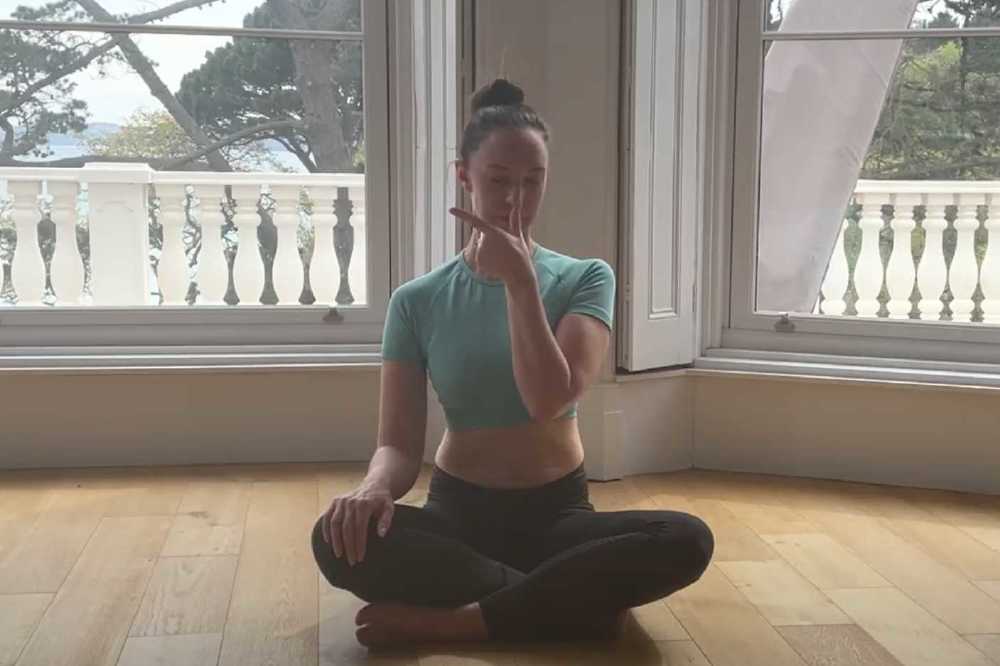
Q) Can breathing exercises be done anywhere?
A) The best breathing exercises to do in a public space are box breathing, alternate nostril breathing or cupped hand breathing. These will hardly be noticeable and can have an immediate effect in a moment of anxiety.
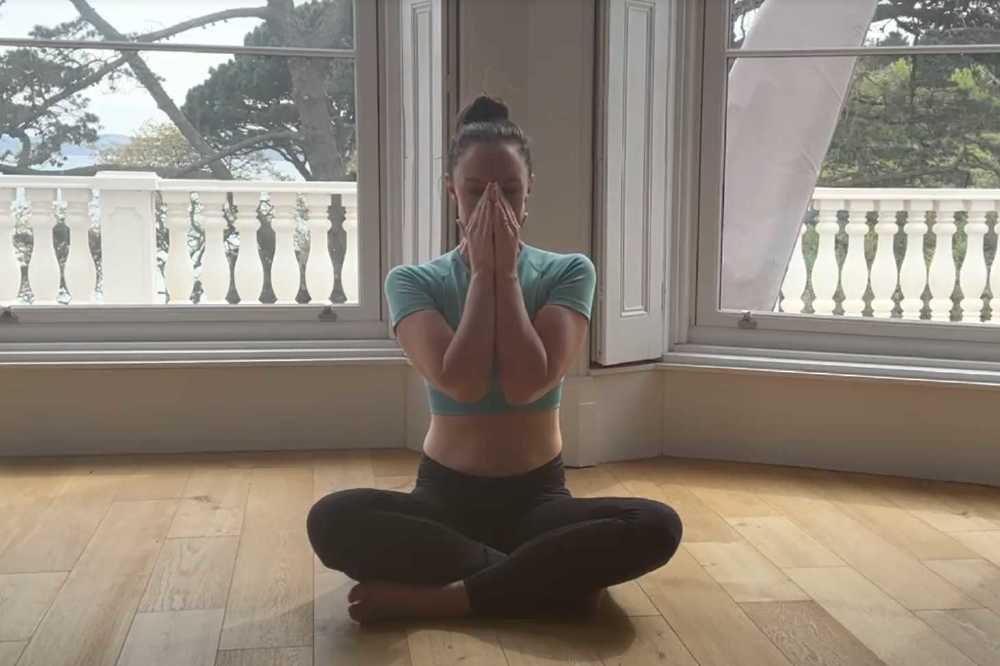
Q) Have these breathing techniques personally helped you out in certain situations or in day-to-day life?
A) Yes absolutely! Like many people, I suffer from anxiety in certain situations (for me it's crowded spaces with no way out, like the tube or a plane). I find that noticing my breathing and taking a moment to control it with one of the techniques really helps. It's easier said than done when you are in a moment of panic but the best tip I can share is not to fight it, just notice what's happening in your body and then gently bring your breath back to normal with one of the breathing exercises. On a day-to-day basis, I use my ballet classes and exercises to enjoy breathing and become more in tune with my breath. Taking the Port de bras or Prayer inhale and exhale every day is a lovely way to relax and build strong neural pathways for an overall calmer and healthier nervous system.
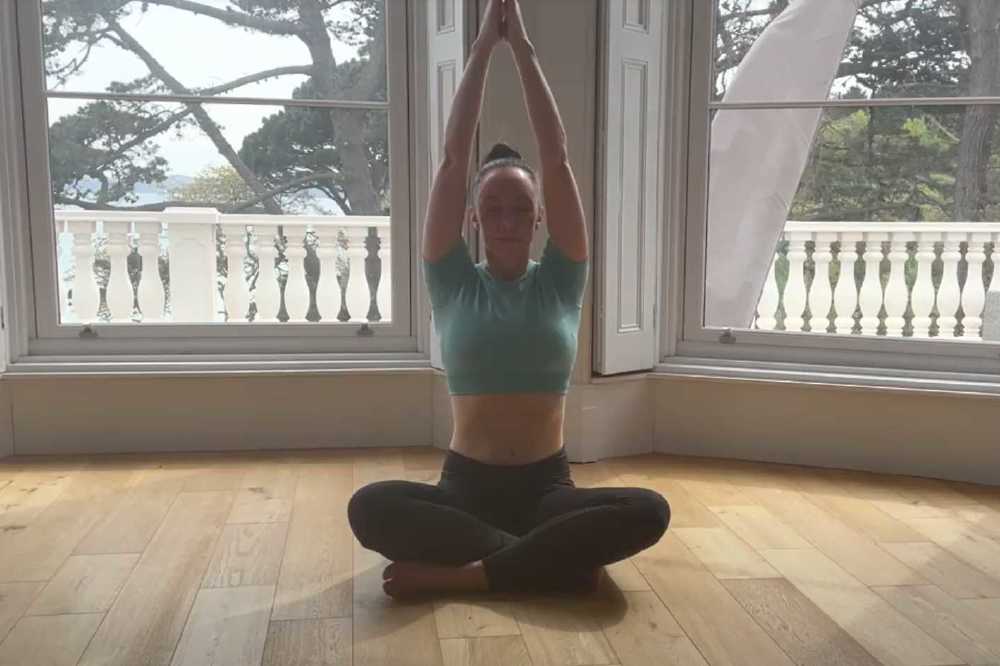
Q) Is there any particular exercise that really helps you out or are they all important?
A) Any breathing exercise is beneficial. I personally love the alternate nostril breathing exercise. It's super simple but there's so much science behind it and the benefits are huge. It can be done in a moment of stress to induce calm, or daily as part of a meditation or a quick break from work. Sometimes I do it in the bath! As well as promoting relaxation, improving ung function, reducing heart rate and blood pressure, it's also thought that alternate nostril breathing increases energy levels, improves digestion, reduces depression and improves brain function in both the right and left hemispheres (Left nostril = right brain, right nostril = left brain).
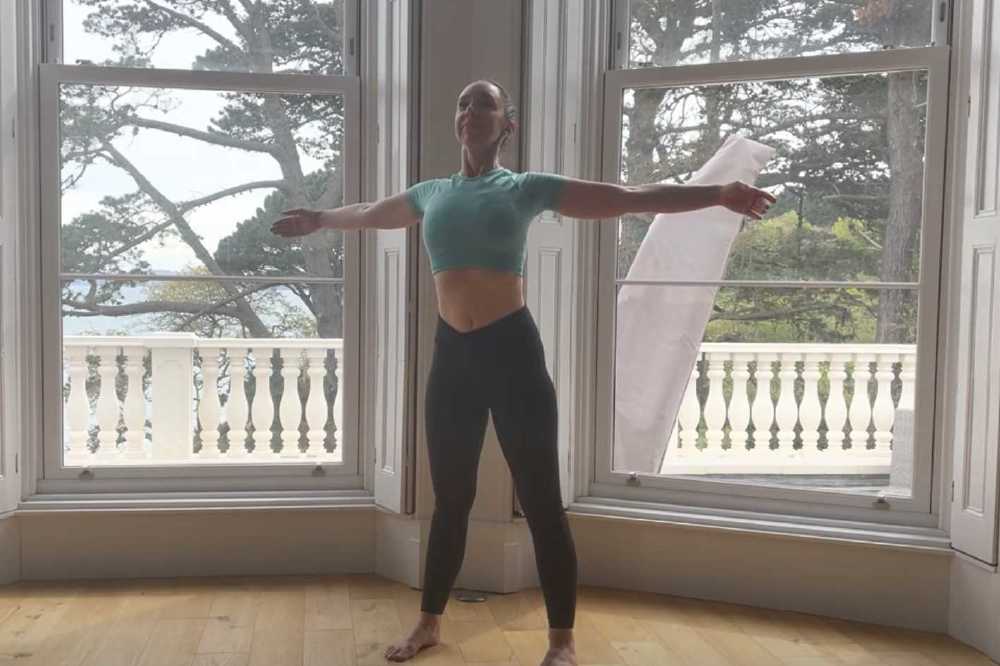
Q) What kind of feedback have you had from people who do these exercises?
A) I don't know anyone who doesn't feel better after a breathing exercise. We do the shoulder lifts with exhale exercise in many of our classes and a really common comment I get afterwards is that people hadn't realised how much stress they were holding in their shoulders and neck! The feeling of relaxation afterwards is really noticeable.
RELATED: Exclusive interview with Vice Captain for England Women's Cricket Team Natalie Sciver
Natalie Sciver has been named as the new Vice-Captain of the England Women’s cricket team and can’t wait to get started in her new role this week when the team play a test match against India – but she hopes she won’t be left on her own for too long just yet...
